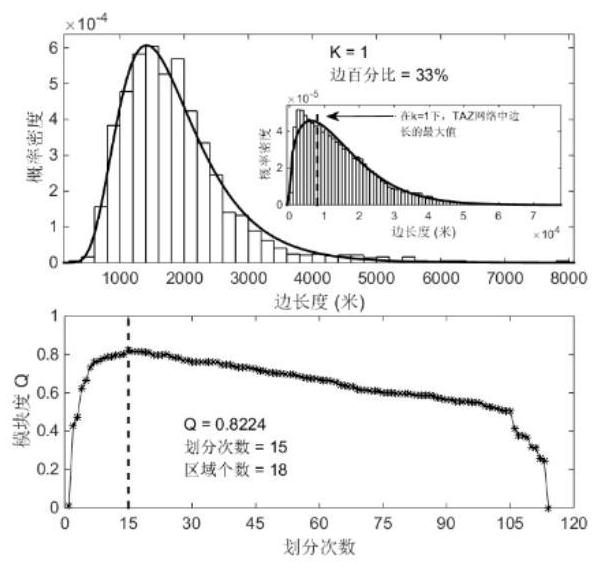A Method for Division of Human Activity Network Regions with Spatial Constraints
A technology of spatial constraints and human activities, applied in data processing applications, instruments, computing, etc., can solve problems such as high computational overhead and inability to use a large number of space units
- Summary
- Abstract
- Description
- Claims
- Application Information
AI Technical Summary
Benefits of technology
Problems solved by technology
Method used
Image
Examples
Embodiment Construction
[0040] The present invention will be further described below in conjunction with the accompanying drawings and embodiments.
[0041] For the original check-in data, the preprocessing of coordinate correction and data filtering is carried out first. The current check-in data is geo-referenced to GCJ-02, which systematically offsets its coordinates from where it would be in real space. Therefore, the coordinate correction here is to convert the GCJ-02 coordinate system to the WGS84 coordinate system, so that the check-in data can be consistent with other geographic data. Invalid data includes missing information (including missing coordinates, check-in time, and user ID) and invalid information (referring to the check-in location being outside the TAZ boundary). Data filtering is used to identify these invalid data and simply remove them. At the same time, the filtered check-in records are used to construct the check-in track in chronological order by the check-in users.
[00...
PUM
 Login to View More
Login to View More Abstract
Description
Claims
Application Information
 Login to View More
Login to View More - R&D
- Intellectual Property
- Life Sciences
- Materials
- Tech Scout
- Unparalleled Data Quality
- Higher Quality Content
- 60% Fewer Hallucinations
Browse by: Latest US Patents, China's latest patents, Technical Efficacy Thesaurus, Application Domain, Technology Topic, Popular Technical Reports.
© 2025 PatSnap. All rights reserved.Legal|Privacy policy|Modern Slavery Act Transparency Statement|Sitemap|About US| Contact US: help@patsnap.com



